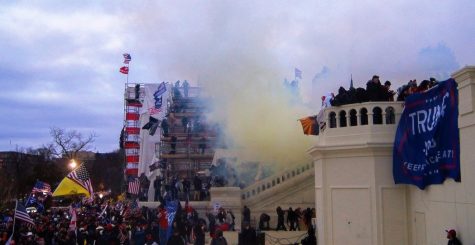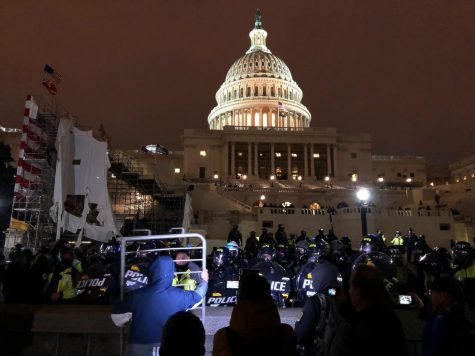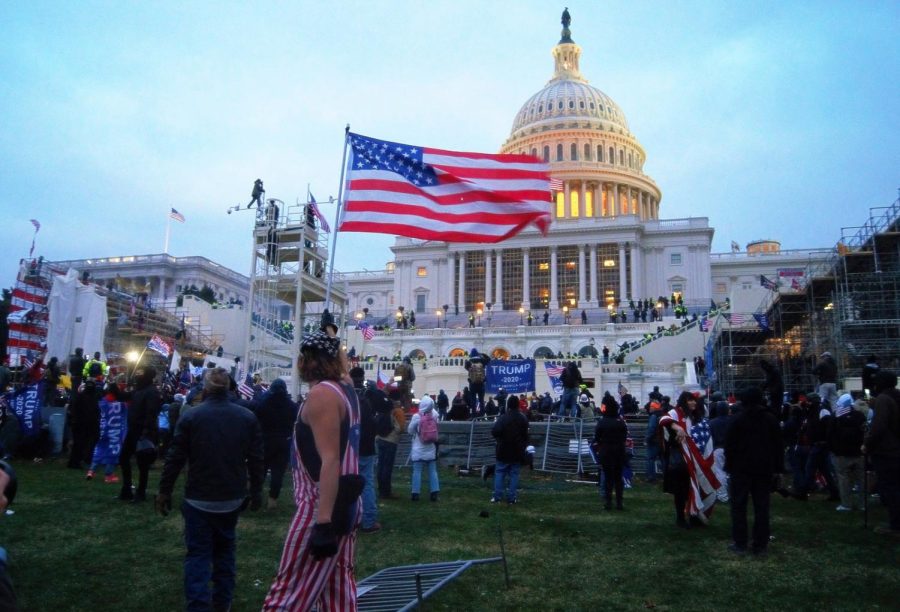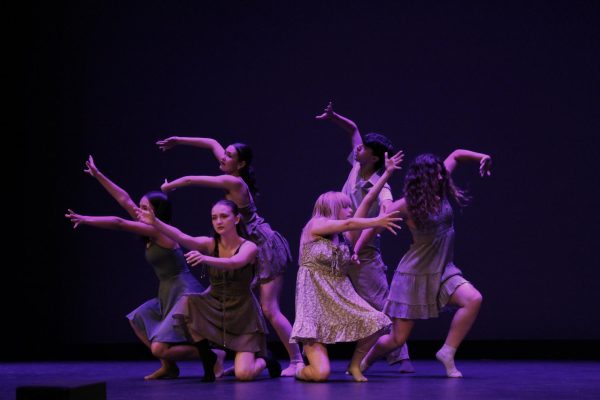January Sixth
A day that will live in infamy.
Protester proudly displays the American flag as the Capitol is infiltrated.
The morning of January 6th, 2021 began like any other day for so many of us. The excitement of the holiday season was dissipating quickly, like rain on a hot pavement. It was a Wednesday and people were working. Some were at home logging into their online meetings and discovering their new agendas. Others donned their masks and ventured out in public hoping to get through the day without incident. Congress members in Washington D.C. did the same. The confirmation of Biden’s election victory was on the horizon, and although whispers of riots and dissent had permeated the nation, many believed that, if anything did happen, the numbers of protestors would not be great, and the defenders of the Capitol building would be able to snuff out any potential violence or chaos before it would go too far.
Only a small fraction of the nation had any notion of what would really take place.
When word first spread about a lockdown at the Capitol building, I was worried, but not shocked. I promised myself that I would check up on the news every so often just in case. Schoolwork was my priority.
It took awhile for the magnitude of the situation to set in. Between classes, I checked the television and was surprised by the growing amount of people present. “It’ll be over soon,” I thought to myself. “It’s only a matter of time before things settle back down again. This is the Capitol we’re talking about. The people inside will be safe.”
As throngs of people approached the Capitol, the reality of the situation unfolded the same way the flags carried by the protestors fell gently from their wrapped positions into a free flow of cloth. Things were becoming progressively more frightening. People wanted to enter the building and were doing everything they could to get in. Violence broke out. Windows were smashed. Security members struggled to keep the crowd at bay. A handful of people made their way past security measures and inside. Rumors spread across social media that some Capital law enforcement had let them in. A woman was carried away from the scene on a stretcher. You could see the blood pouring from her mouth. Her name was Ashli Babbitt. She had been shot.
As the situation worsened, I sat on my living room couch in a state of disbelief. On my lap was my iPad, open to multiple tabs of resources for homework. In my left hand was my phone displaying a live news feed that showed multiple angles of the Capitol building in grainy quality. My eyes were glued to the television screen featuring a more visually refined news feed that recycled an abundance of brief clips relevant to the words being spoken by the morbidly astonished newscasters. I was surrounded by sources of information revealing countless answers to the questions that floated through my mind. Despite this, I was as confused as ever. Could it really be happening? The worst case scenario that had slipped through my mind only a couple of times was playing out in reality. How? Why? The news channels and websites couldn’t give straight answers to these questions. No one could.

Before long, Congress was evacuated as more and more people poured into the sacred halls of the Capitol. They took videos and photos of themselves as they displayed their message proudly. In every fiber of their being, they believed that the election had been stolen. They felt as though it was their duty to stop the verification of Biden’s validity and they were emboldened by the baseless claims of their President and doing everything they could to keep him in power. Before long, protestors had entered the Senate chamber. They rifled through confirmation documents, sat in chairs, yelled out cries of victory and prayers to their god. Witnessing this as it played out on the television screen before me was one of the most surreal moments I have ever experienced.
Newscasters on countless channels began asking the same cycle of questions. Where was the National Guard? Why hadn’t the President said anything? It took a while for a response to come from the often alleged source of the chaos. Trump’s words were dissatisfactory to many. He spoke with friendliness as opposed to stern authority, saying “We love you. You’re very special. Go home.”
The riot continued.
After what felt like an eternity, the National Guard was finally sent in to quell the situation. It would take hours for things to quiet down, but, at a certain point, the very worst of the event seemed to be over. In such a short period of time, so much had changed. Countless Trump supporters had turned against Vice President Mike Pence during the protest and had gone from supporting him to publicly threatening his life. Capitol law enforcement was suddenly under mass scrutiny. Some individuals were detained while others that fled had their identities recorded so that they could be investigated at a later date. Five people in total died. Ashli Babbitt was shot, Kevin Greyson suffered a heart attack, Roseanne Boyland was crushed by the crowd, and Benjamin Phillips suffered from a stroke. All were protestors. Brian Sicknick, a Capitol police officer, was fatally injured by blows to the head as he tried to fend off protestors.
Although the events of January 6th are over, the effects still resonate. New information continues to surface nearly a month later. It is now known that several protestors intended to do much more than speak their minds that day. Bombs, tasers, and other weapons, as well as zip ties to be used in potential kidnappings were discovered in the aftermath, their carriers still being investigated along with many others involved with the breach. Other disturbing images seen that day including unrestricted displays of racism, white supremacy, and domestic terrorism were displayed through Confederate flags, a makeshift noose, anti-Semitic messaging, and other hateful impressions. The symbols shown so proudly that day in the name of patriotism have left a painful and lasting mark on the face of America.
Two Capitol officers have committed suicide since the traumatic event occurred. Their names were Jeffrey Smith and Howard Liebengood.
The haunting feeling of that day is something that returns to me every time I think of it. It is difficult to describe. A mixture of fear and disbelief, perhaps, supported by the nagging feeling that it might happen again. The last time a breach occurred at the Capitol was over two hundred years ago during the War of 1812. Such ferocious levels of political division have not been so obvious as they were prior to the outbreak of the Civil War.
In the aftermath of this tragedy, Trump made a very interesting statement through Twitter telling his supporters to,
“Remember this day forever!”
Such a reminder is not necessary. This devastation will not be forgotten and will never be reversed no matter how much we wish it could be.


Madeline Phelps is a senior currently attending Arroyo Grande High School, from a distance, of course. When she isn’t doing schoolwork or sitting around...










